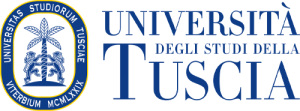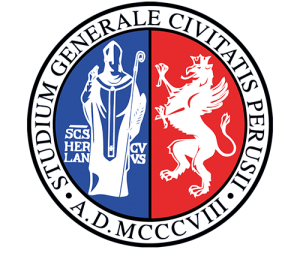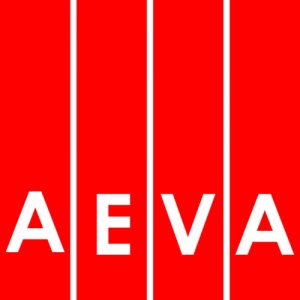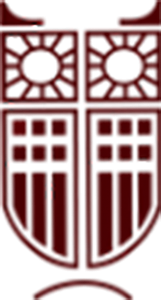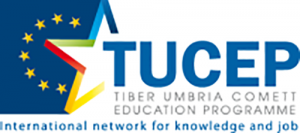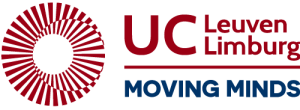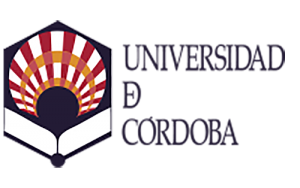The project
Dyslexia
Dyslexia is a genetic difference in an individual’s ability to learn and process information. As a result, dyslexic individuals have differing abilities, with strengths in creative, problem solving and communication skills and challenges with spelling, reading and memorizing facts.
Data of dyslexic students within HE are not exhaustive; the available data refers to the primary and secondary school where the average of dyslexic students ranges from 3 to 5%.
It is assumed that dyslexia influences at least 1 in 10 people.
It is well known as students with dyslexia encounter several difficulties during their university career, leading to a greater rate of drops out compared to other kinds of students. Nowadays, tools for dyslexic students are mainly focused on primary and secondary school; conversely no standard methodologies are proposed for Higher Education.
Each University, according to the national law, deploys services for dyslexic students as part of disability service, but at HE level a common policy for dyslexic students and an ad-hoc required training for teachers are still missing. Moreover, if present, all actions addressed to dyslexic students are part of the ones related to the disability area and are not designed to leverage the potential of dyslexic neurodiversity. Joining efforts, spreading knowledge and results to standardize procedures based on strength-centered approach are needed, where dyslexics effectively have space to exploit their potential.
Why Vrailexia?
VRAILEXIA aims at changing the perception and developing a model of tools to overcome dyslexics’ main difficulties empowering their motivation and self-esteem.
It aims also at developing a common procedure within European Universities to assure services and learning environment based on student-centred vision and Universal Design Learning. The perspective is to let that Universities can develop inclusion strategies to foster all students to discover and point on one’s strengths and values.
Starting from the attitude to visual thinking and creativity of dyslexics and their evident neurodiversity, VRAILEXIA will develop learning tools and services for University dyslexic students to assure equal access and opportunity of success during their academic career and their lifelong learning experience.
VRAILEXIA, through the use of virtual reality and artificial intelligence, will implement an e-learning adaptive digital platform (BESPECIAL) to support students with dyslexia.
As a long-term objective, VRAILEXIA will propose a sustainable pattern for HEIs that creates the possibility for everyone to use their own strengths counteracting their weakness. Moreover, VRAILEXIA wishes to emerge the mastery of thinking out of the box: exploiting the ability to explore creative and unusual ideas that are not limited or controlled by rules or tradition.
Specifically, VRAILEXIA will implement a network of HEIs piloting Hub proposing a MoU to develop inclusion strategies for dyslexic students and enhance their opportunity of success during the academic career and integration into the job market.
Intellectual outputs
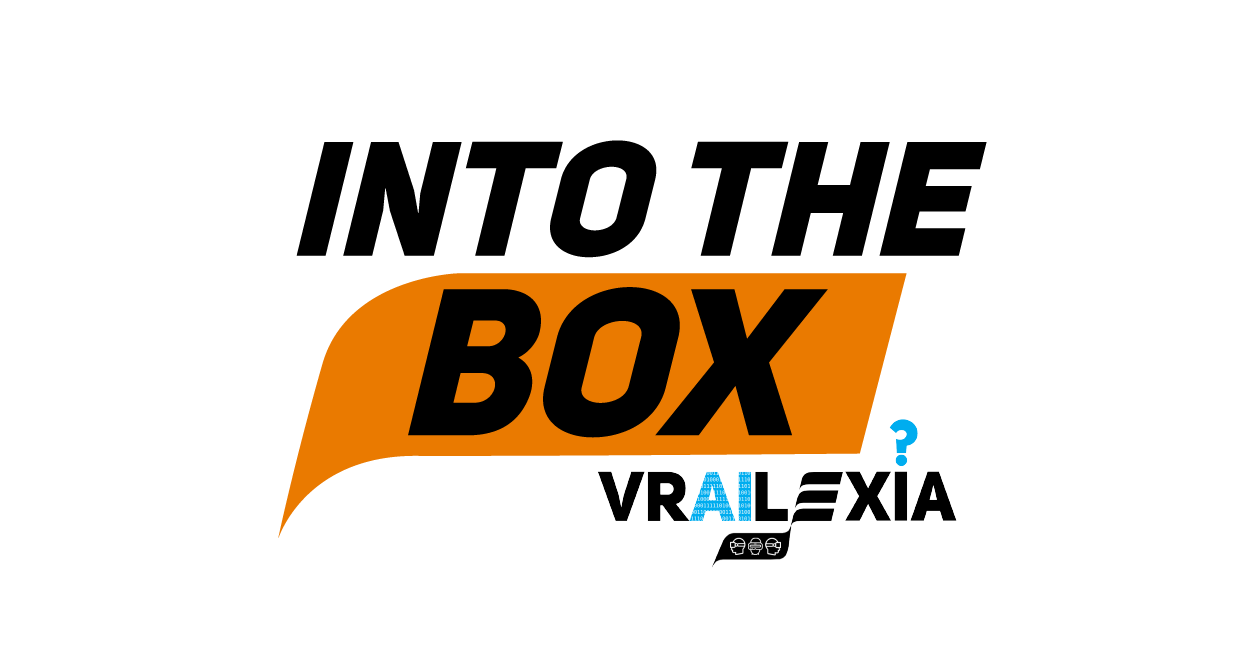
INTO THE BOX – VR Tests for dyslexia assessment through virtual reality
Type: TOOL
Description: The first intellectual output consists in the implementation of VR tests for the assessment of dyslexia and in the creation of innovative scenarios that allow teachers to better understand the issues of dyslexic students.
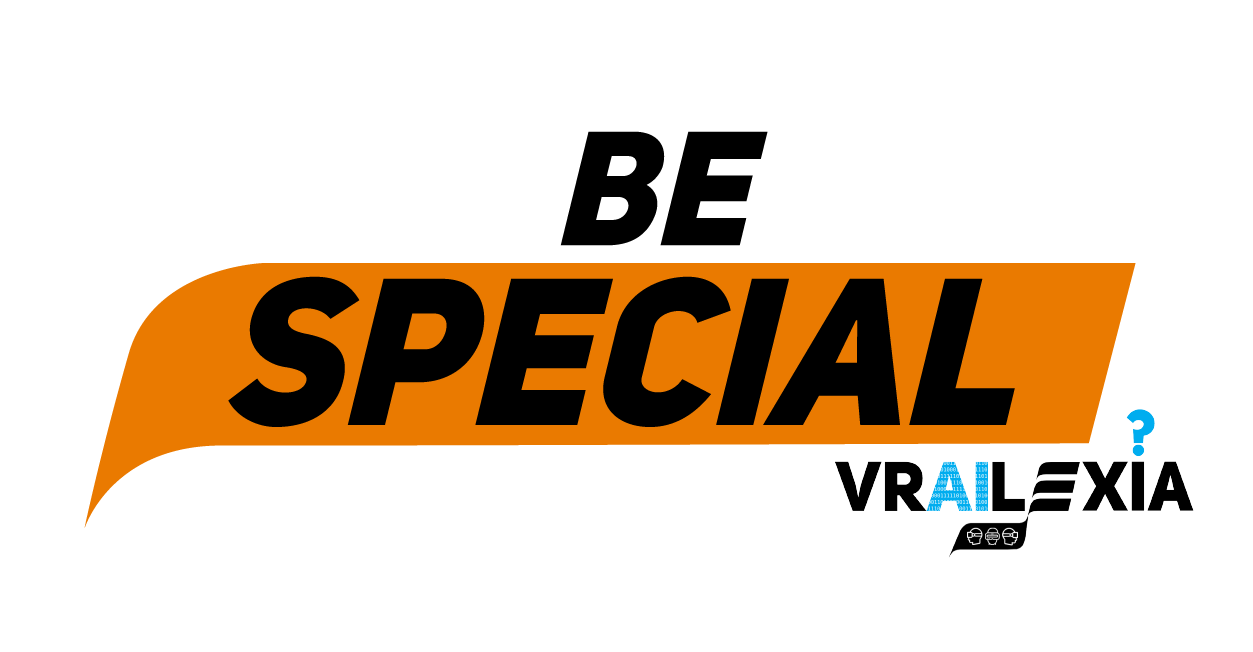
BE-SPECIAL – Supporting Platform for students with dyslExia based on artifiCial Intelligence Adaptive Learning
Type: TOOL
Description: The second intellectual output consists in the development and validation of a digital solution based on artificial intelligence able to suggest the most appropriate supporting methodologies for dyslexic students based on the student-specific issues.

TOOLBOX – Sharing online repository
Type: TOOL
Description: The third intellectual output consists in the creation of an online sharing repository containing all the digital modules, resources, tools and any kind of materials useful to facilitate the implementation of innovative teaching and learning methods based on dyslexic student centrality.
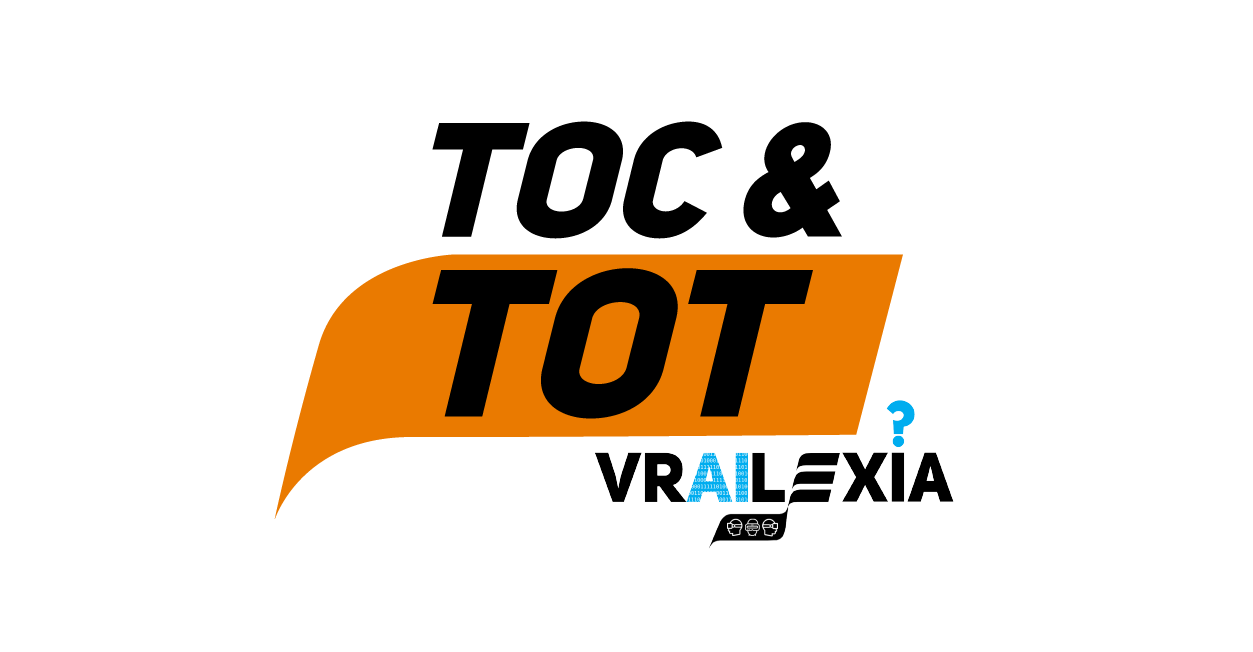
ToC & ToT – Training of Creativity and Training of Trainers
Type: SERVICE
Description: The fourth intellectual output consists in the creation of a network of experts of various disciplines to share their knowledge in Universal Design methodology and strengthen student-centered approach.
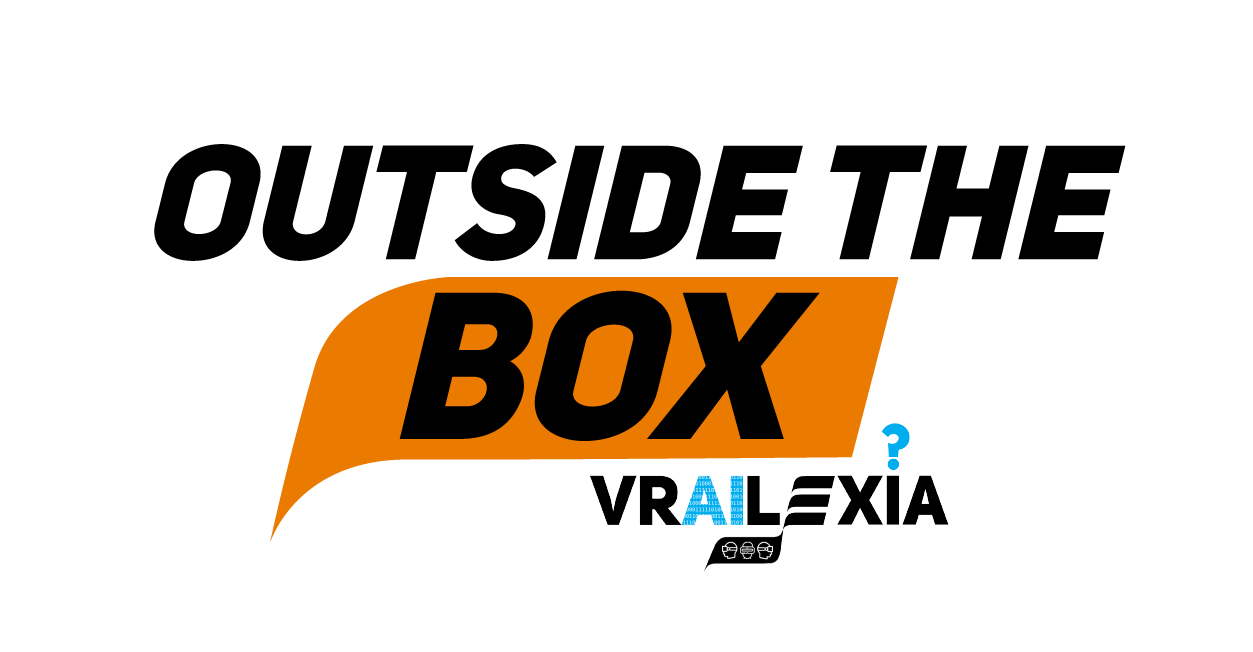
OUTSIDE THE BOX – Memorandum of Understanding (MoU)
Type: SERVICE
Description: The fifth intellectual output consists in the promotion of a Memorandum of Understanding (MoU) for the creation of inclusion common strategies among European higher education institutions.







